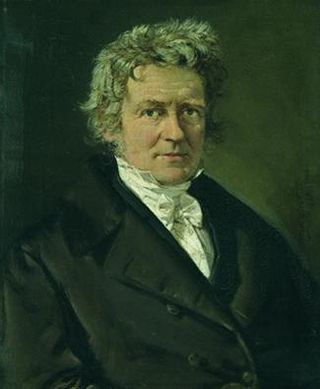
Friedrich Wilhelm Bessel was a German astronomer, mathematician, physicist, and geodesist. He was the first astronomer who determined reliable values for the distance from the sun to another star by the method of parallax. Certain important mathematical functions were named Bessel functions after Bessel's death, though they had originally been discovered by Daniel Bernoulli before being generalised by Bessel.
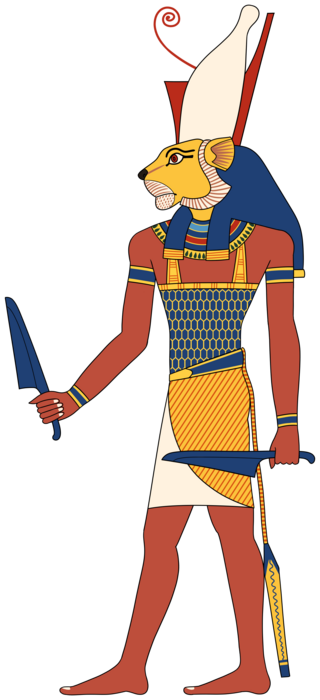
Maahes was an ancient Egyptian lion-headed god of war, whose name means "he who is true beside her". He was seen as the son of the Creator god Ptah, as well as the feline goddess whose nature he shared. Maahes was a deity associated with war, protection, and weather, as well as that of knives, lotuses, and devouring captives. His cult was centred in Taremu and Per-Bast, the cult centres of Sekhmet and Bast respectively.
Hededet or Hedjedjet(ḥdd.t) is a scorpion goddess of the ancient Egyptian religion. She resembles Serket in many ways, but was in later periods merged into Isis. She was depicted with the head of a scorpion, nursing a baby. She is mentioned in the Book of the Dead.

Paul Johann Ludwig von Heyse was a distinguished German writer and translator. A member of two important literary societies, the Tunnel über der Spree in Berlin and Die Krokodile in Munich, he wrote novels, poetry, 177 short stories, and about sixty dramas. The sum of Heyse's many and varied productions made him a dominant figure among German men of letters. He was awarded the 1910 Nobel Prize in Literature "as a tribute to the consummate artistry, permeated with idealism, which he has demonstrated during his long productive career as a lyric poet, dramatist, novelist and writer of world-renowned short stories." Wirsen, one of the Nobel judges, said that "Germany has not had a greater literary genius since Goethe." Heyse is the fifth oldest laureate in literature, after Alice Munro, Jaroslav Seifert, Theodor Mommsen and Doris Lessing.
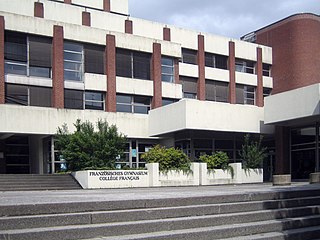
The Französisches Gymnasium is a long-existing francophone gymnasium in Berlin, Germany. Traditionally, it is widely regarded as an elite high school. It is also the oldest public school in Berlin. Its creation was ordered by Frederick William of Brandenburg.

Johann Friedrich Wilhelm Adolf von Baeyer was a German chemist who synthesised indigo and developed a nomenclature for cyclic compounds. He was ennobled in the Kingdom of Bavaria in 1885 and was the 1905 recipient of the Nobel Prize in Chemistry.

Friedrich Adolf Trendelenburg was a German philosopher and philologist.

Johann Peter Adolf Erman was a German Egyptologist and lexicographer.
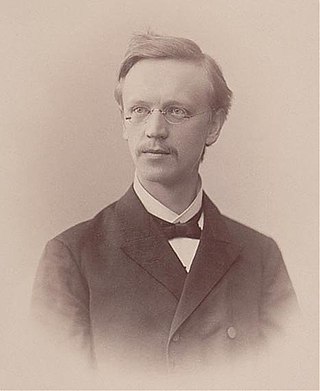
Ferdinand Albin Pax was a German botanist specializing in spermatophytes. A collaborator of Adolf Engler, he wrote several monographs and described several species of plants and animals from Silesia and the Carpathians. He was a professor at Wrocław University from 1893. His son Ferdinand Albert Pax (1885–1964) was a noted zoologist.
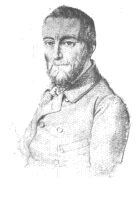
Georg Adolf Erman was a German physicist.

Martin Ohm was a German mathematician and a younger brother of physicist Georg Ohm.

Adolf Lasson was a German Jewish philosophical writer, strident Prussianist, and the father of Georg Lasson.

Friedrich Adolf Philippi was a Lutheran theologian of Jewish origin.
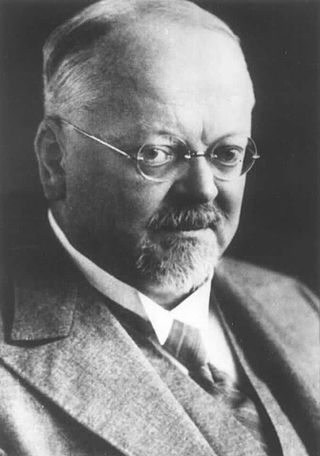
Kurt Heinrich Sethe was a German Egyptologist and philologist from Berlin. He was a student of Adolf Erman. Sethe collected numerous texts from Egypt during his visits there and edited the Urkunden des ægyptischen Altertums which is a standard catalogue of Ancient Egyptian literature and text.

Adolf Arndt was a German politician of the Social Democratic Party (SPD) and former member of the German Bundestag.
The Wörterbuch der ägyptischen Sprache, abbreviated Wb in bibliographic references, is a large German-language dictionary of the Egyptian language published between 1926 and 1961 by Adolf Erman and Hermann Grapow. It is a comprehensive work encompassing 3000 years of linguistic history, including Old, Middle, and Late Egyptian as well as hieroglyphic inscriptions of the Classical Greco-Roman period. The dictionary contains approximately 16,000 headwords in five main volumes, two secondary volumes, and five volumes of primary source references. It is therefore the largest and most complete printed dictionary of Ancient Egyptian in existence.
Ubaoner is the name of a fictitious ancient Egyptian magician appearing in the second chapter of a story told in the legendary Westcar Papyrus. He is said to have worked wonders during the reign of king (pharaoh) Nebka.
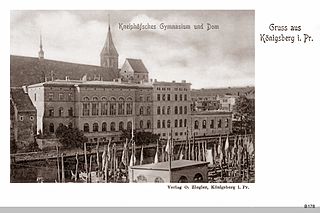
Kneiphof Gymnasium was a gymnasium in the Kneiphof quarter of Königsberg, Germany.
Henriette "Henni" Emma Gertrud von Halle was a German Egyptologist.















